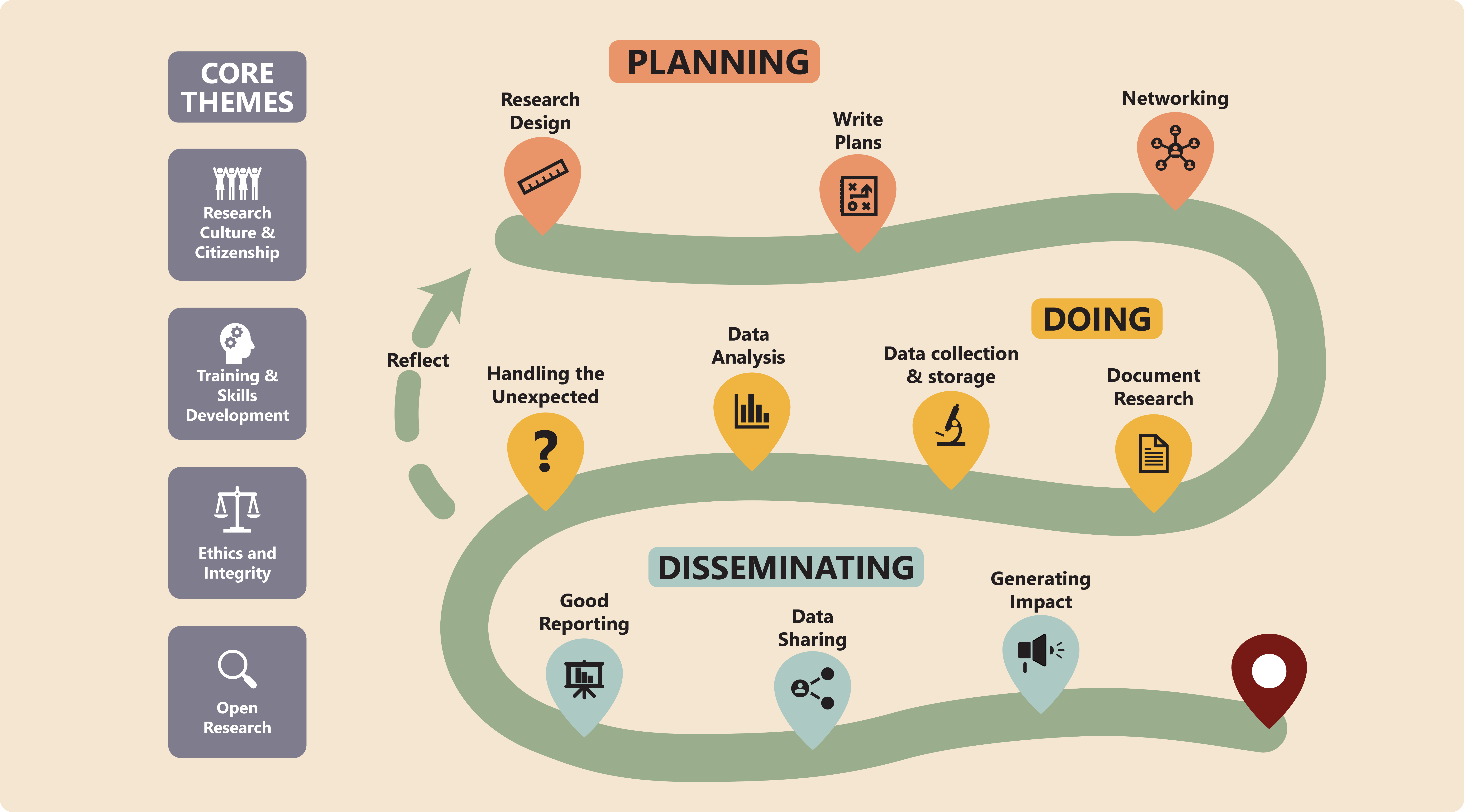Data Analysis

Following proper procedures for data analysis and following appropriate methods ensure the validity and reliability of your findings, leading to credible and reproducible results.
-
Follow any analysis methods planned in any protocols or preregistrations, and if deviations are required, document these.
-
You should always make sure any data analysis is replicable and reproducible – be sure you know and record exactly what you did and how you did it.
-
Be sure to back up your analysis workflow and use a system for version control.
-
If using specific software for data analysis, always record the exact software versions and settings used, and keep a record of the exact steps you followed.
-
If your analyses change over time, do not completely rewrite any analysis records or code but rather add to it or make a copy of your analysis script – this ensures you still have a record of earlier analyses, and don’t lose any important information.
-
If using coding/programming, follow steps to ensure your code is reproducible: use version control, good coding practices, upload to repositories, and have proper procedures in place for updating, overwriting, or collaborating on code.
-
If doing quantitative research, engage in appropriate statistical training and ensure you understand the statistical tests you are using, and which tests or checks are suitable to the type of data you’re analysing – this should ideally have been addressed in the “planning” stage of your project. If needed, seek out help with analysis from an expert, statistician, or data analysis group.
-
Avoid questionable research practices such as HARKing and P-hacking during analysis – this is common and isn’t always done deliberately.
-
For quantitative data, consider whether you need to perform any data checks before including data in analysis e.g., tests normality, sphericity, homogeneity, or checking for outliers etc. – these should have ideally been planned in any protocols.
-
Understand the importance of good data presentation and consider ways to incorporate these practices: graphic and figure design, types of plots available, slide design. Scope out any helpful guides and/or tools that may help you achieve this. Ensure your data presentation is accessible, eg. use colour-blind friendly presentation.
Are you confident you understand the best ways analyse and present your data? Does your experimental design and data analysis help to answer your research question?
- Experimental design and data analysis (UoE School of Biomedical Sciences)
- Statistical Design and Analysis of Biological Experiments – Hans-Michael Kaltenbach (Senior Scientist at ETH Zürich)
- “Ten reproducible research things” – advice on data quality, backups, documentation etc.
- “Reproducible data analysis” (Stanford)
- Tsang, Benjamin. “P Hacking — Five Ways It Could Happen to You.” Nature, 8 May 2025, https://doi.org/10.1038/d41586-025-01246-1.
- “Tidy data” (Hadley Wickham)
- “Writing robust code” (the Turing Way)
- “Data visualisation” (The Turing Way)
- “How to make scientific figures accessible to readers with color blindness”